
Imagine a hidden ecosystem within the human body, teeming with trillions of microorganisms that quietly shape health, digestion, and even mood. This delicate gut microbiome, a cornerstone of well-being, faces an invisible yet pervasive danger: chemical pollutants. From pesticides on produce to
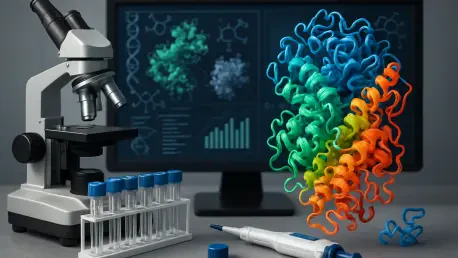
In the rapidly advancing world of biotechnology and medicine, protein engineering stands as a cornerstone for innovation, yet it faces persistent challenges in designing proteins with precise, tailored functionalities that meet specific needs. For years, scientists have wrestled with the
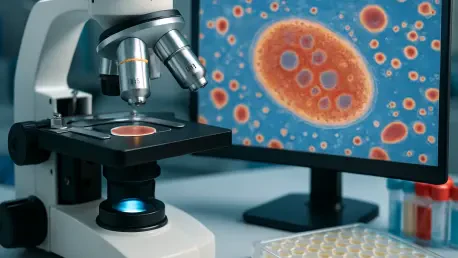
Across the globe, millions of people lack access to timely and accurate disease diagnosis due to the high costs and invasive nature of traditional medical testing, often leaving critical conditions undetected until it’s too late, a challenge that has spurred remarkable innovation. A pioneering
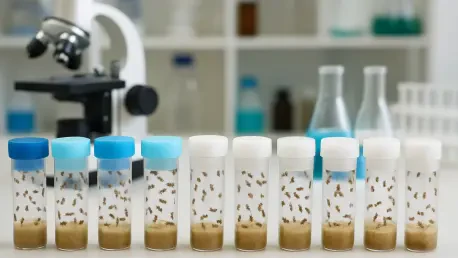
As the global scientific community pushes the boundaries of genetic research and biotechnology, the demand for specialized tools like Drosophila bottles—containers designed to house fruit flies for experimental studies—has surged dramatically on the path to 2026. These seemingly modest lab
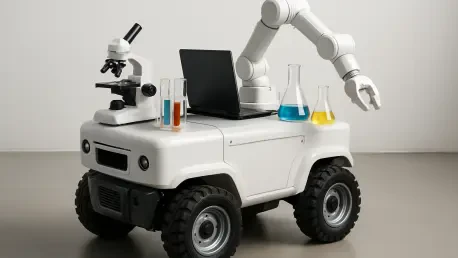
In the rapidly changing landscape of laboratory automation, a remarkable transformation is taking place that promises to redefine how scientific and diagnostic work is conducted, steering labs toward dynamic, collaborative environments. Mobile robots, infused with cutting-edge artificial
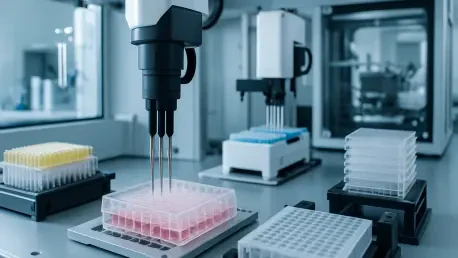
In the intricate world of scientific research, laboratory work often involves a relentless cycle of repetitive tasks that can sap both time and energy from researchers who are eager to dive into the more innovative and analytical facets of their projects, slowing down the pace of discovery. Tasks